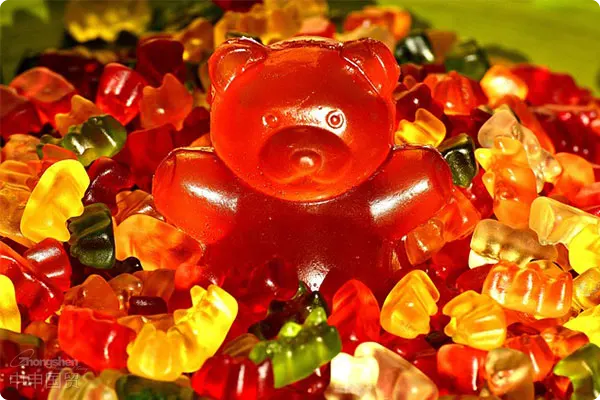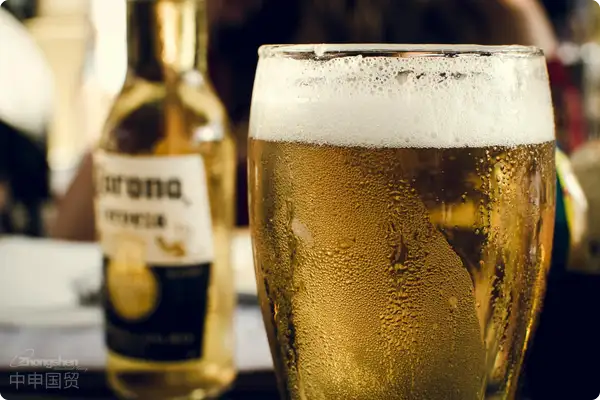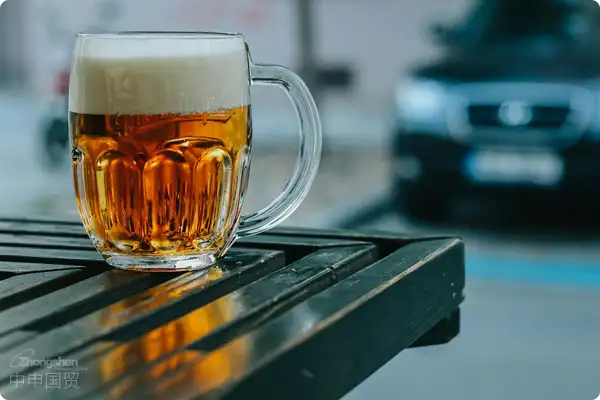- Shanghai Zhongshen International Trade Co., Ltd. - Two decades of trade agency expertise.
- Service Hotline: 139 1787 2118
The spring breeze blows gently. As everything comes back to life, people enjoy the beautiful spring time at this moment. And in such gatherings, various desserts often become small items that add fun, especially colorful and uniquely - flavored jelly. Jelly is popular among people of all ages due to its unique taste and shape. However, as a commodity widely circulated in international trade, the customs classification of jelly is particularly crucial. The tax rates, declaration elements, etc. involved need to be strictly controlled. Today, lets introduce the key points of customs classification and standard declaration elements of jelly inimport and exportto ensure that these delicious snacks can pass customs smoothly and reach consumers hands as soon as possible.

I. Key points of customs classification of jelly
In international trade, accurate commodity classification is a crucial step, which is directly related to the commoditys tariff rate and other import and export measures. For the product category of jelly, according to the Notes on Commodities and Headings of the Import and Export Tariff Regulations, it can be divided into the following three categories:
Confectionery jelly Confectionery jelly is mainly composed of sugar and water and contains no cocoa ingredients. Such products are usually eaten directly. Therefore, according to the provisions of the Tariff Regulations, it is classified under Chapter 17, and the specific tariff item is 1704.90. The characteristics of this category are simple ingredients, mainly sugar, and it is usually regarded as a type of candy in business.
Fruit jelly made by cooking Different from simple confectionery jelly, this kind of jelly is formed by boiling fruit juice (which may be obtained by pressing or cooking) together with sugar and then condensing. Because the production process involves a cooking step, it is classified under Chapter 20, and the tariff item is 2007.99. This kind of jelly usually has a richer taste and higher nutritional value.
Jelly with other special ingredients This includes jelly that may contain alternative sugars or other non - traditional sweeteners. Due to the particularity of these added ingredients, this kind of jelly is not classified into the first two categories, but is classified under tariff item 2106.90 of Chapter 21. This kind of jelly may be used for specific groups of people, such as diabetics, because of its special ingredients.
II. Standard Declaration Elements
To ensure that jelly can pass through customs smoothly, not only accurate classification is required, but also complete declaration elements must be provided. According to the Catalogue and Explanation of Standard Declaration of Import and Export Commodities of the Customs of the Peoples Republic of China, the specific requirements are as follows:
Confectionery jelly (1704.9000)
? Product name
? Composition content
? Packaging specifications
? Brand
Fruit jelly made by cooking (2007.9990)
? Product name
? Processing method (cooking)
? Composition content
? Packaging specifications
? Brand
Jelly with other special ingredients (2106.9090)
? Product name
? Composition content
? Packaging specifications
? Brand
These detailed declaration elements not only help the customs to review goods quickly and accurately, but also help to protect the rights and interests of consumers, ensuring that they can obtain products that meet the standards.
III. Practical application of commodity classification tips
Accurate classification and declaration are extremely important in actual business. For example, confectionery jelly usually enjoys a lower tariff rate due to its simple ingredients and production process; while fruit jelly made by cooking may enjoy preferential tariff rates for agricultural products in some countries due to the addition of fruit ingredients. For other jelly containing special ingredients, correct classification helps enterprises avoid additional costs caused by misclassification.
Related Recommendations
Category case
Contact Us
Email: service@sh-zhongshen.com
Related Recommendations
Contact via WeChat

? 2025. All Rights Reserved. Shanghai ICP No. 2023007705-2  PSB Record: Shanghai No.31011502009912
PSB Record: Shanghai No.31011502009912









